
For app owners, cost per install (CPI) payment model is highly efficient for running campaigns and acquiring new users. Advertisers only pay for the app install, and not for the impressions. However, mastering CPI entails a lot more than learning how to get a maximum number of installs. The secrets of CPI model are all about acquiring quality audience, which actively engages with the app and makes purchases. Advertisers that approach CPI marketing with this mindset are much more likely to achieve success.
Choosing ad platform
Advertisers can launch CPI campaigns on various platforms. In terms of managing and controlling campaigns, there are basically two options: self-serve and managed services. There is no “right” selection, and advertisers should choose the solution that better fits their current goals. Self-serve platforms let media buyers, advertisers and app developers start campaigns without the help of the manager — completely on their own.
Usually, the platforms have a range of tools to help marketers with the launch and optimization of campaigns. These include blacklists and whitelists to filter traffic sources and concentrate on the ones that generate more profit. Clickky’s Self-Serve Platform for Advertisers also offers the price recommendation tool — a handy instrument for learning the current optimal price for one install in the chosen market. The platform gathers and analyzes CPI rates across thousands of campaigns to give advertisers a solid understanding of average pricing in real time, and help them pay the right amount. Self-serve platform works great for those, who know their product and audience well. There are no superfluous costs for running ad campaigns. All the tools for launching and customizing mobile ads are gathered in one place.
Managed services, on the other hand, rely on the manager’s expertise. Advertisers don’t have to go into the details of their campaign: managers come up with the audience segmentation, choose traffic sources, supervise creatives, test and launch the campaigns. Advertisers set KPIs to indicate the results they wish to achieve and managers take care of the strategy and tactics for ensuring those results.
This option is usually more convenient for clients that wish to allocate bigger budgets to advertising. It’s also less time-consuming for advertisers and app owners. Usually, managers have a lot of experience of running ad campaigns in various verticals, in different markets and on both big and small budgets. This gives them a perspective on the strategy for every particular campaign, and more flexibility of choosing tactics for their clients.
Customization, testing, and launch
Having decided on the platform and the tactics of running campaigns, advertisers should set specific KPIs. This is vitally important for assessing both self-managed campaigns and the success of the managed services. Usually, advertisers promote apps to make them profitable in the future. When revenue is the main goal, advertisers focus on Average Revenue Per User (ARPU) and Average Revenue Per Paying User (ARPPU) metrics. Knowing the revenue that one user can generate, and keeping in mind the conversion rate (CR), advertisers can make assumptions about the number of installs they need to earn a designated amount of money.
For advertisers, it is vital to choose the message for the right audience segments at the right time. For experienced marketers, determining optimization criteria is easy. But for app developers who want to expand their reach, it is better to test their assumptions before scheduling a full-scale campaign. This can be done via Facebook. The platform allows setting limited budgets and offers the access to a versatile audience. After seeing the first results and the response the audience has for the campaigns, it’s time to move to the ad platform, which can ensure better outreach, provide install-focused campaigns and performance tracking.
Campaign customization includes choosing geolocations, where to promote the app, the type of device (smartphones or tablets) and the type of traffic (either incentive or non-incentive). Advertisers should think about campaign caps, both daily and total, to be sure that they get the amount and quality of installs that they need.
Tracking and optimization
One of the most important aspects of running ad campaigns is tracking and analyzing the results. First thing advertisers should think about is installing a tracking URL, to be sure that every install is properly attributed and counted. Thanks to the tracking link, advertisers can work with a tracking solution and follow the campaign closely as it unfolds.
How can advertisers optimize their mobile ad campaigns with the help of RedTrack.io?
• check multiple traffic attributes for each click: OS, browser type and version, connection type, device, IP address, click date and time, etc., and easily identify best (and worse) traffic segments;
• detect the quality of traffic and filter out unwanted bot traffic;
• A/B test various messages, landers, creatives that lead to app installs and detect most profitable ones;
• add several streams with different filters and offers for one ad campaign and control exactly what the user will see when hitting your ad;
• create rules and distribute traffic based on 14 variables and more.
Conclusion
There are no real “secrets” of working with CPI advertising model. Thanks to a range of technological solution available on the market, advertisers, app developers and media buyers can achieve their goals with ease. The ad platforms, both self-serve and managed, provide all the necessary tools for setting up, customizing and launching the campaigns. And the tracking and analytic tools help to understand the results of the campaign and optimize it to earn more revenue in the end.
RedTrack team thanks Clickky for the expertise, they’ve shared in this blog post.Clickky is a full-stack platform for advertisers and publishers, which offers programmatic, performance and video solutions. In 2016, the company has opened access to a self-serve platform for mobile advertisers, where anyone can set up their offers and go live in 10 minutes or less.


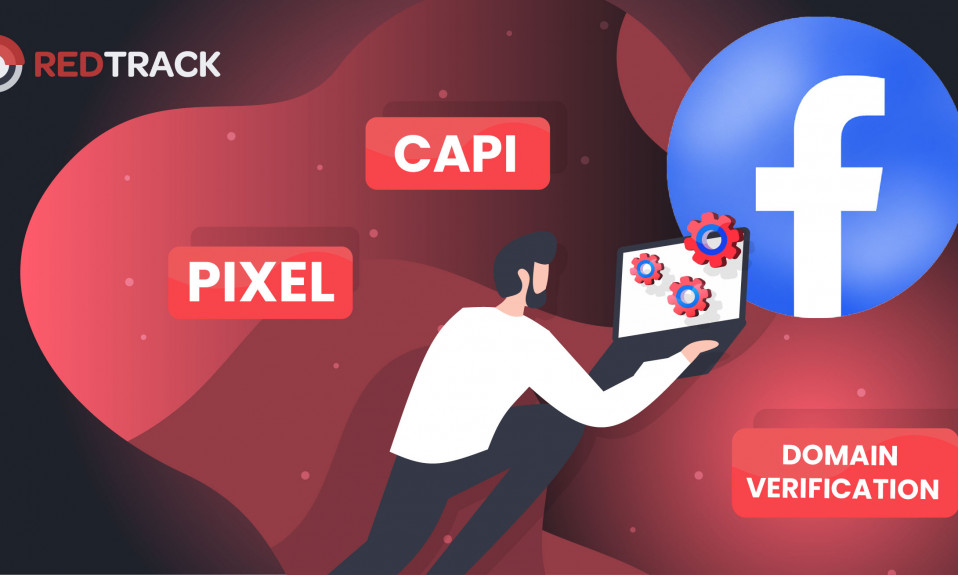

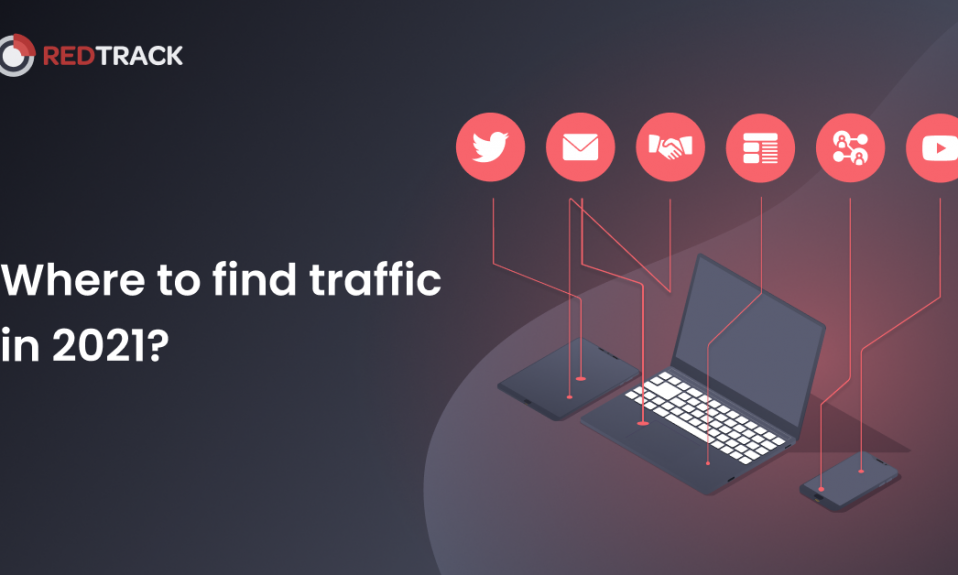
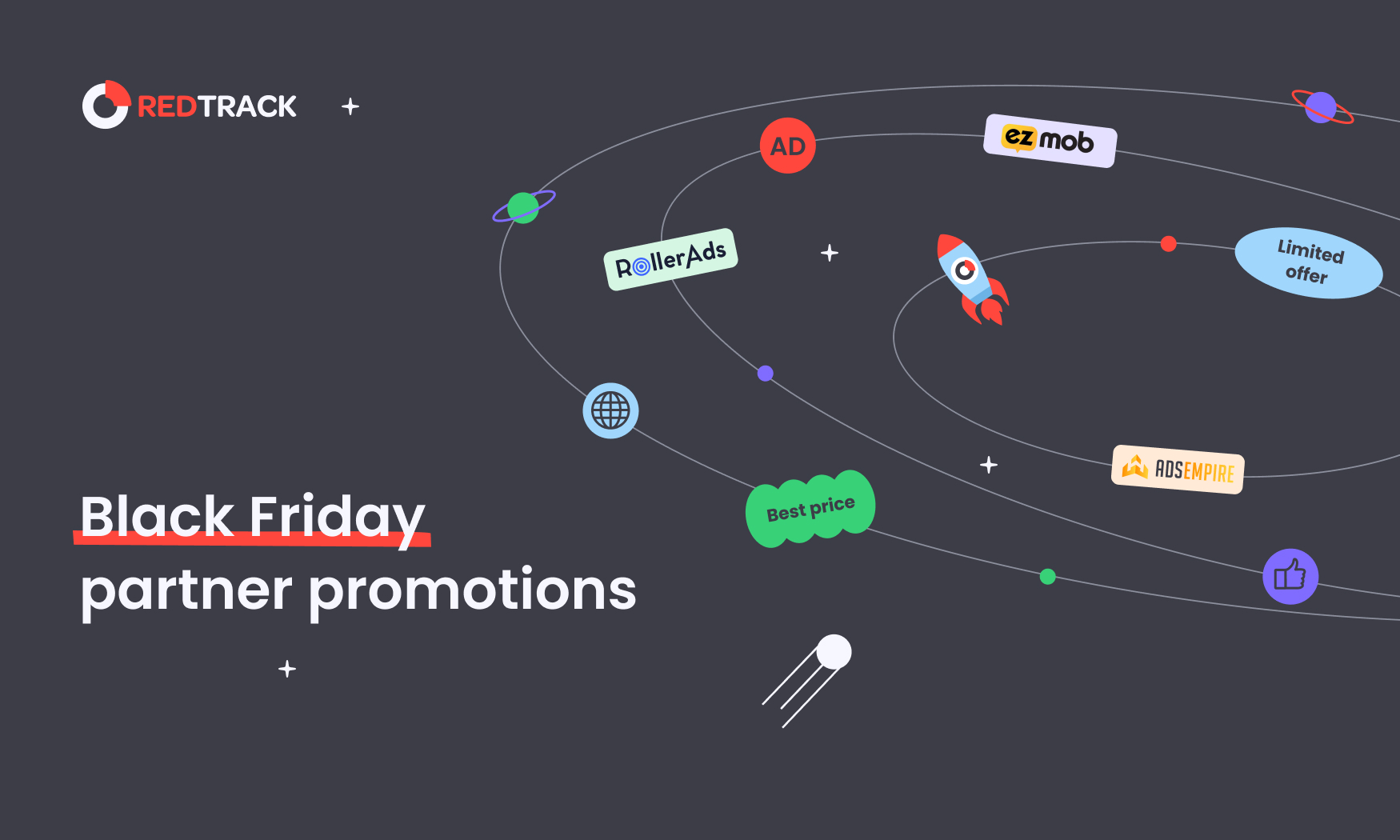
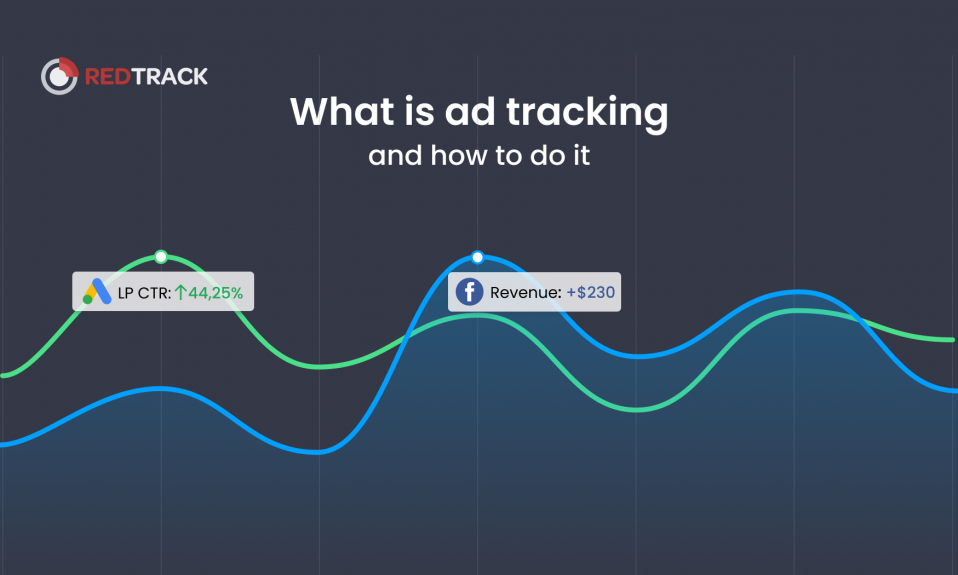




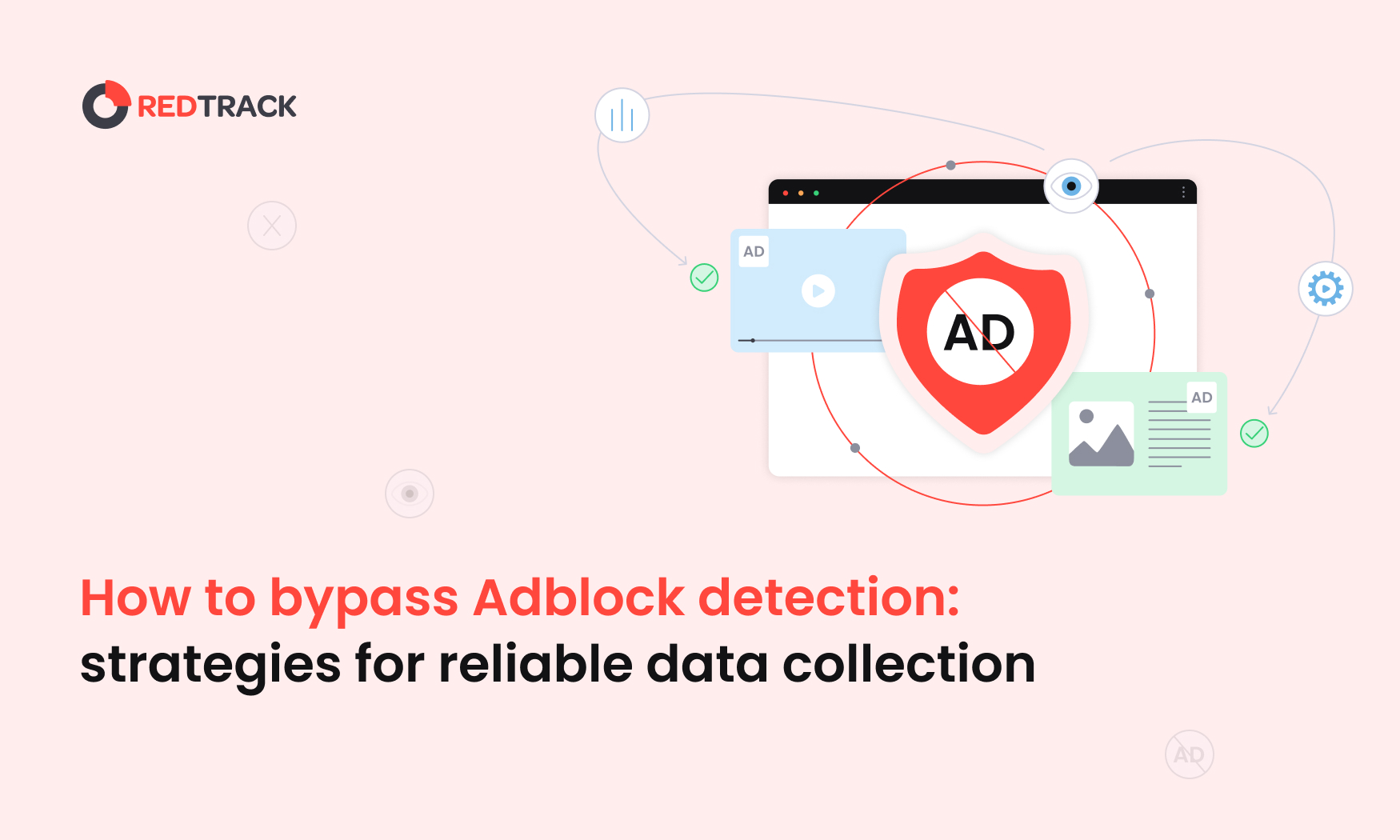
40 Comments